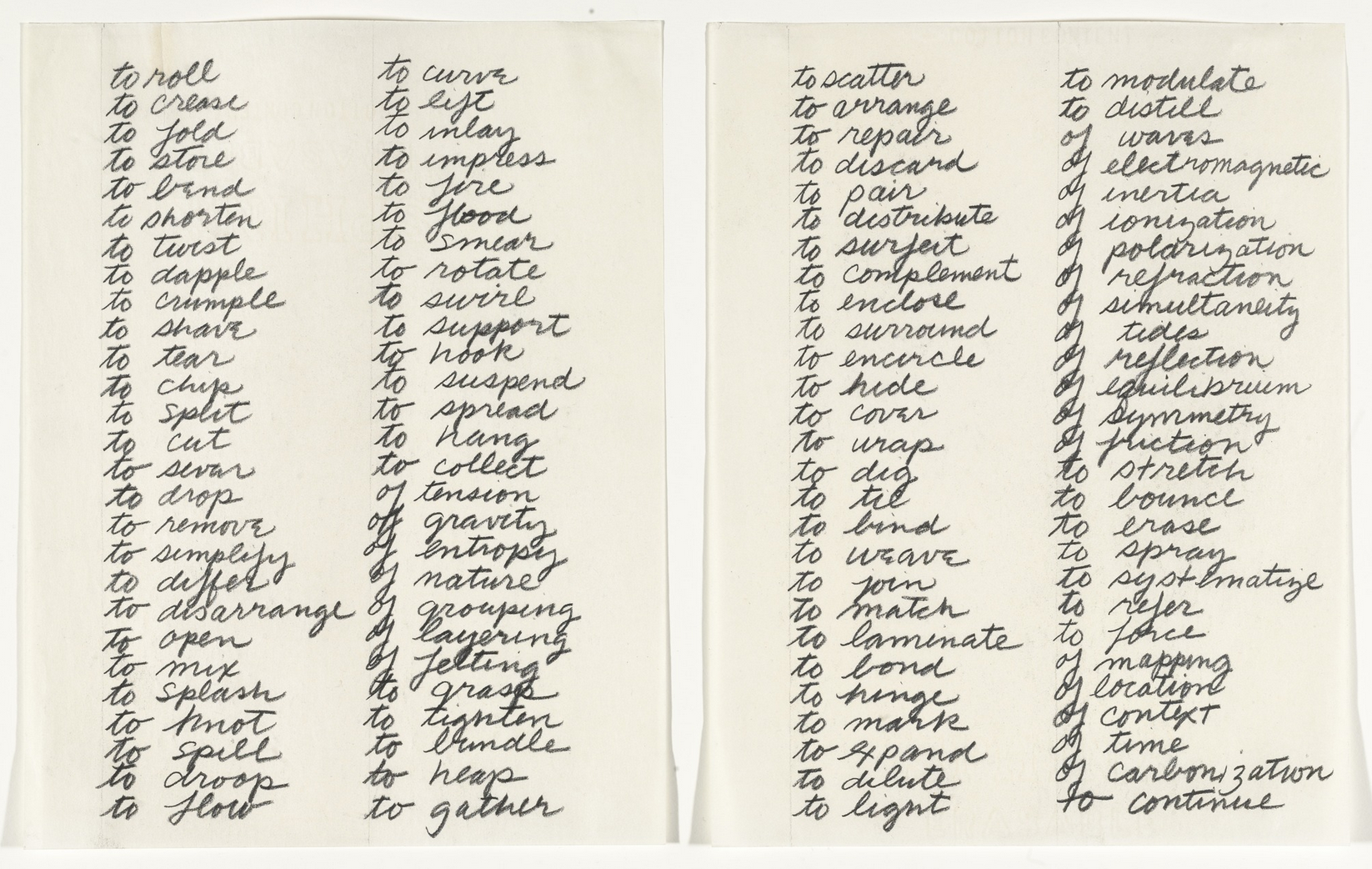︎The Verb Collective︎Justin Berry︎The Verb Collective︎Justin Berry︎The Verb Collective︎Justin Berry︎The Verb Collective ︎Justin Berry︎The Verb Collective︎Justin Berry
︎The Verb Collective︎Justin Berry︎The Verb Collective︎Justin Berry︎The Verb Collective︎Justin Berry︎The Verb Collective ︎Justin Berry︎The Verb Collective︎Justin Berry
The Verb Collective
Justin Berry
Justin Berry
I remember sitting behind a shop in the late summer of my early teens, weaving strands of grass into bracelets and other things while chatting with strange characters from all over the world, comparing our creations. I can smell the mineral aroma of the damp soil tinged with that of the fresh cut grass and see the strands of sunlight cutting through the afternoon haze. The stories of my companions ignited my imagination and made me feel as though the world was large and deep and filled with places that I wanted to go.
I am deeply nostalgic for that moment, and it doesn’t bother me at all that it never really happened.
My experiences within the virtual worlds that I inhabited as a youth are meaningful and profound to me. They are part of what has shaped my character as an adult and informed the values I hold dear. It is for this reason that I believe we need to regard our relationship to virtual world with the same vigor and discipline that we apply to the physical world.
︎If the fundamental verb of film is “to watch,” and the fundamental verb of music is “to listen,” what is the fundamental verb of virtual reality?
Artists tend to take very little for granted. We are trained to consider every tiny decision and to look critically at the mediums we employ. It was in this context that my students and I tried to break down exactly how these media functioned, and what it meant to make content within them. We started by asking which fundamental verbs defined these mediums, and then began to move outwards from there. If the fundamental verb of film is “to watch,” and the fundamental verb of music is “to listen,” what is the fundamental verb of virtual reality? After a number of discussions, we decided that the fundamental verb of VR was “to be.”
In part, this is because a meaningful VR experience does not have to do anything, and does not have to require your participation; simply “being” on Mars, or standing on a cloud, has experiential value. We realized that while games often gain their power from abstraction, such as points or achievements, VR gains most of its power through presence, through the concrete experience of what we perceive as the thing itself. If I am in VR, I don’t care how many apples I have gathered, I care how big the pile of them appears to be; I do not prize gold because it is valuable, but because I am transfixed by the gloss of its surface and the weight of it in my hand.
If it is true that VR is a concrete medium—extremely different in nature from abstraction based media such as film or gaming—then what kinds of interactions are meaningful in this context? The sculptor Richard Serra created a list of verbs because he was interested in creating different methods for sculpture students to explore the media that they work with, and to show how simple interactions can yield interesting results. His list of verbs was meant to show how combining different actions creates compound relationships, such as “to roll, to fold,” or, conversely, “to fold, to roll.” I wanted to start with a similar approach, and, inspired by Serra’s Verblist, we created the Verb Collective.
The Verb Collective is a toolkit for creating interactions and experiences in Unity. We employed a strategy of reducing code into very basic commands, such as “to look.” Each verb can be triggered by another verb or can be active on start, and each verb can act as a trigger for an array of other verbs. Our goal was to create a system inspired by the exploration of concrete experiences as a way to open the technology to users less interested in a specific outcome, such as a game, and more interested in exploring the material properties of the worlds they create. In doing so, we hope to bring in a more diverse set of makers that challenge existing notions or expectations of these media.
I do not believe that the most powerful VR experience most individuals have will be a game (though it might be); or that the most important visionary for the medium will be a computer scientist, though that is a possibility too. I do believe that there is inherent value in bringing a wider audience to the development of content so that voices which might otherwise go unheard are able to engage in the future of media that are increasingly framing our understanding of the world. I am interested in the possibility of what these media might become, rather than the fact of what they are now. I am more captivated by the voices that are suspicious and critical and eager to challenge widely accepted views, than projects which confirm those biases we already possess.
